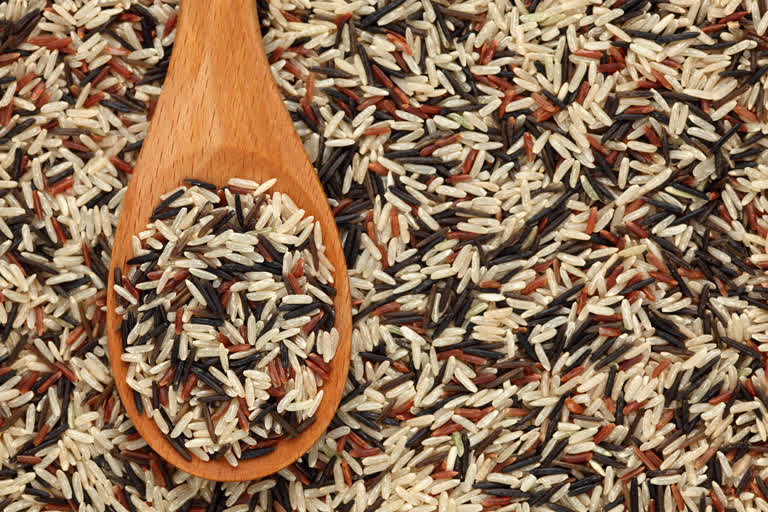An authentic Indian Platter is usually incomplete without a serving of white rice in it. But not just white, many other varieties of rice including brown, red and black are also popular in other parts of the world. While some of the aforementioned variety is used in large quantities in India, you must have not heard about the others as much. Therefore, here is detailed information about the types of rice available and how they benefit our health.
White Rice
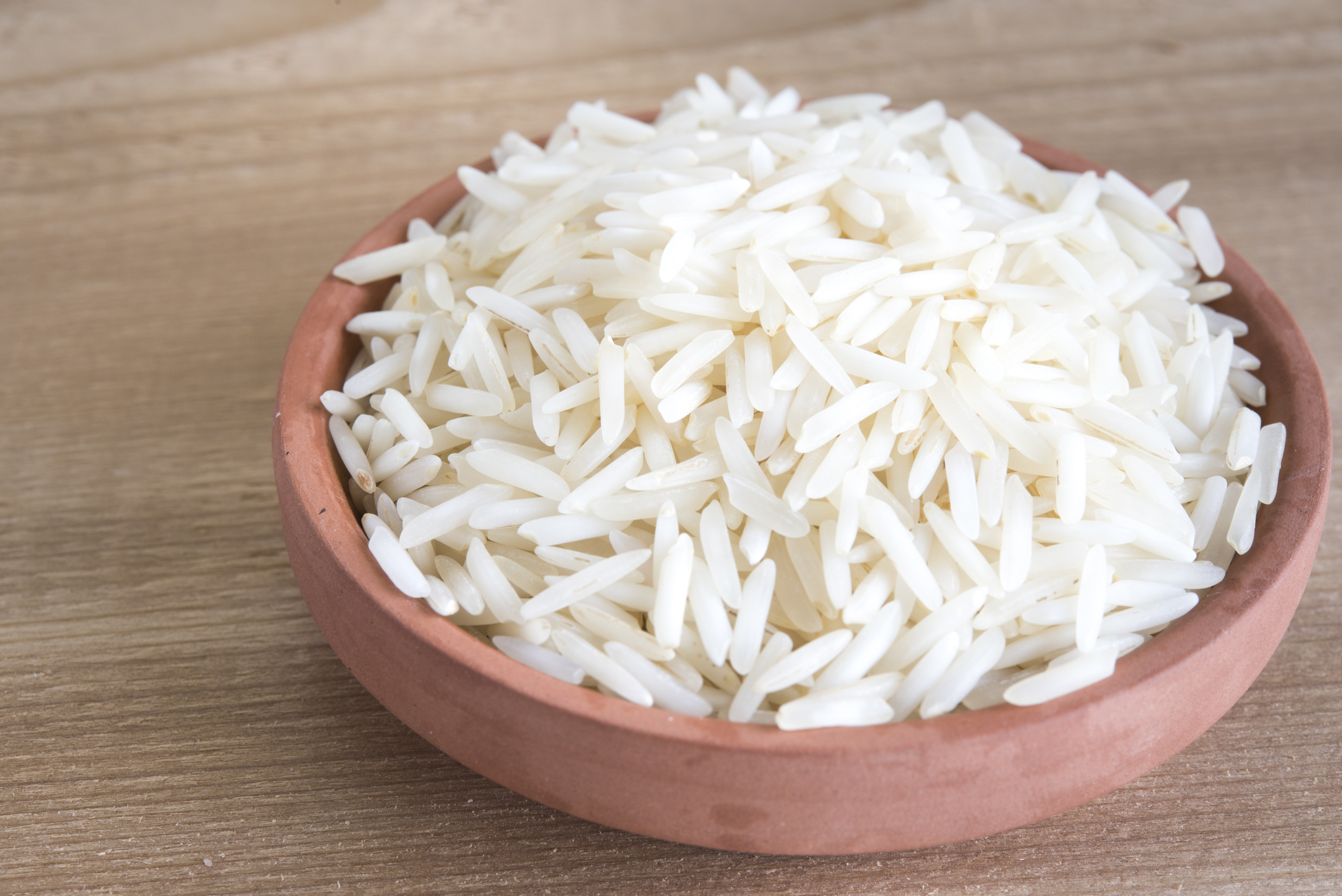
In India, people mostly consume white rice with their everyday meals and interestingly, every state in India prefers a specific kind of white rice for their diet. However, white rice is not considered very nutritious for health, as it is polished to give it its colour and shine. In the process of polishing the rice, the allure layer covering the rice is completely removed, as a result of which, nutrients like vitamin B, carbohydrate and fiber found naturally in rice are lost. Additionally, it also increases the glycemic index in rice, which affects blood sugar level. It is believed that white rice not only increases weight, but also increases the risk of high blood sugar and diabetes.
Some popular varieties of white rice are:
- Arborio Rice
Arborio rice found mainly in Italy is also very popular in India. It is rich in vitamin A, C and protein which keeps your sugar level under control.
- Jasmine Rice
Jasmine rice found in Thailand is famous for its aroma. Jasmine rice is available in both white and brown varieties. In terms of health, white jasmine rice is not very beneficial but brown jasmine rice is rich in fiber and bran.
- Basmati Rice
Basmati rice is the most popular variety of white rice among Indians. These are considered high grade rice and are very aromatic. Basmati rice is specially used for biryani and pulao. Basmati rice is low in fat and is rich in amino acids and magnesium which prevents type-2 diabetes.
Brown Rice
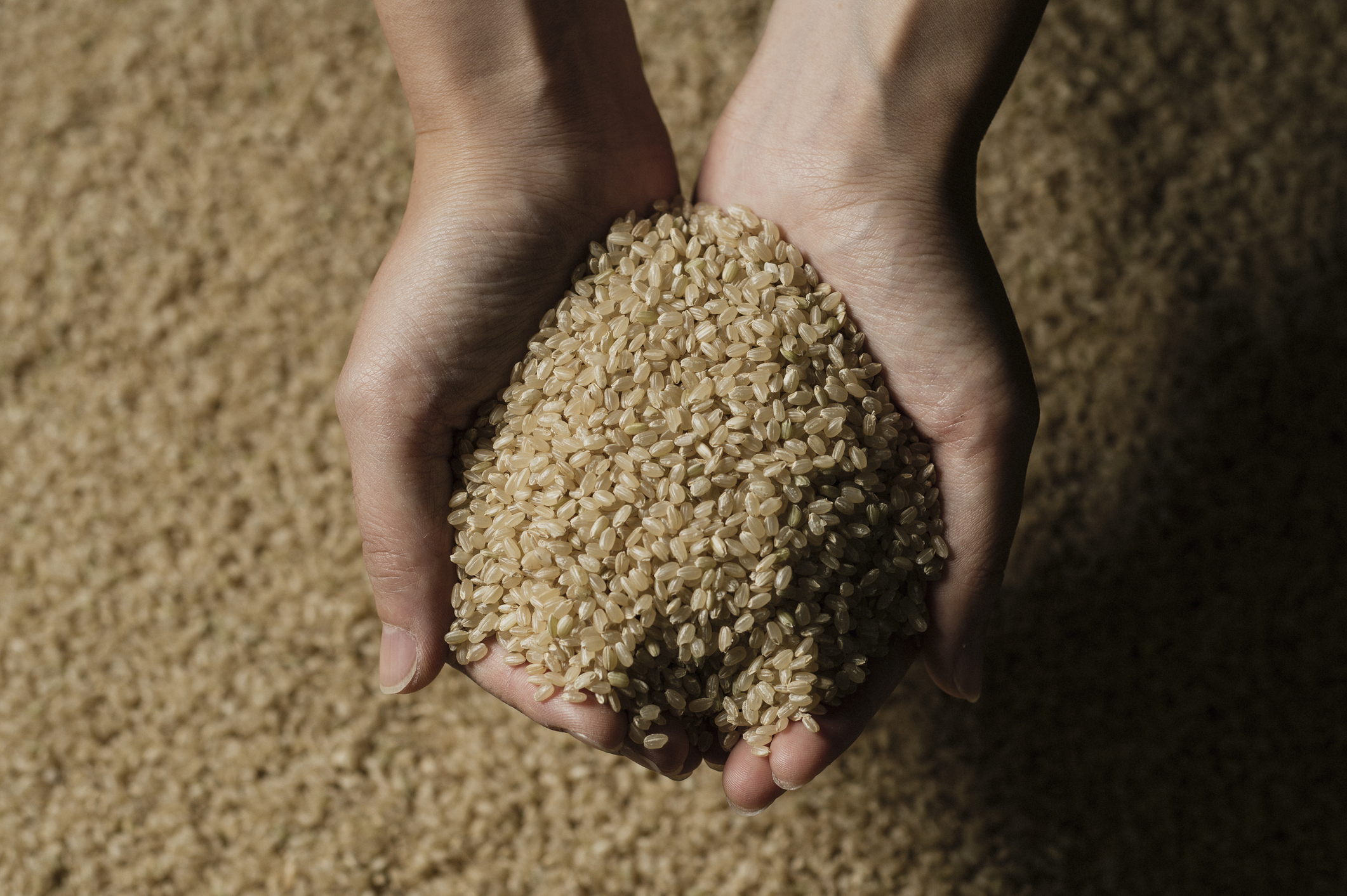
Brown rice is more nutritious than white rice. Iron, manganese and phosphorus, selenium, copper and niacin are found in plenty in them. Actually, the natural colour of the white rice is brown. But in the polishing process of the rice, where the allure layer is removed, the rice not only loses its original colour but also its nutrients. Brown rice is considered healthier because it has low calories and more fiber, which helps in enhancing the metabolic functions in our body. It also helps in regulating the bad cholesterol in our body and lowering the blood sugar levels. Insoluble fiber is found in high amounts in the outer layer of the rice grains and bran, which protects us from gallstones.
Red Rice
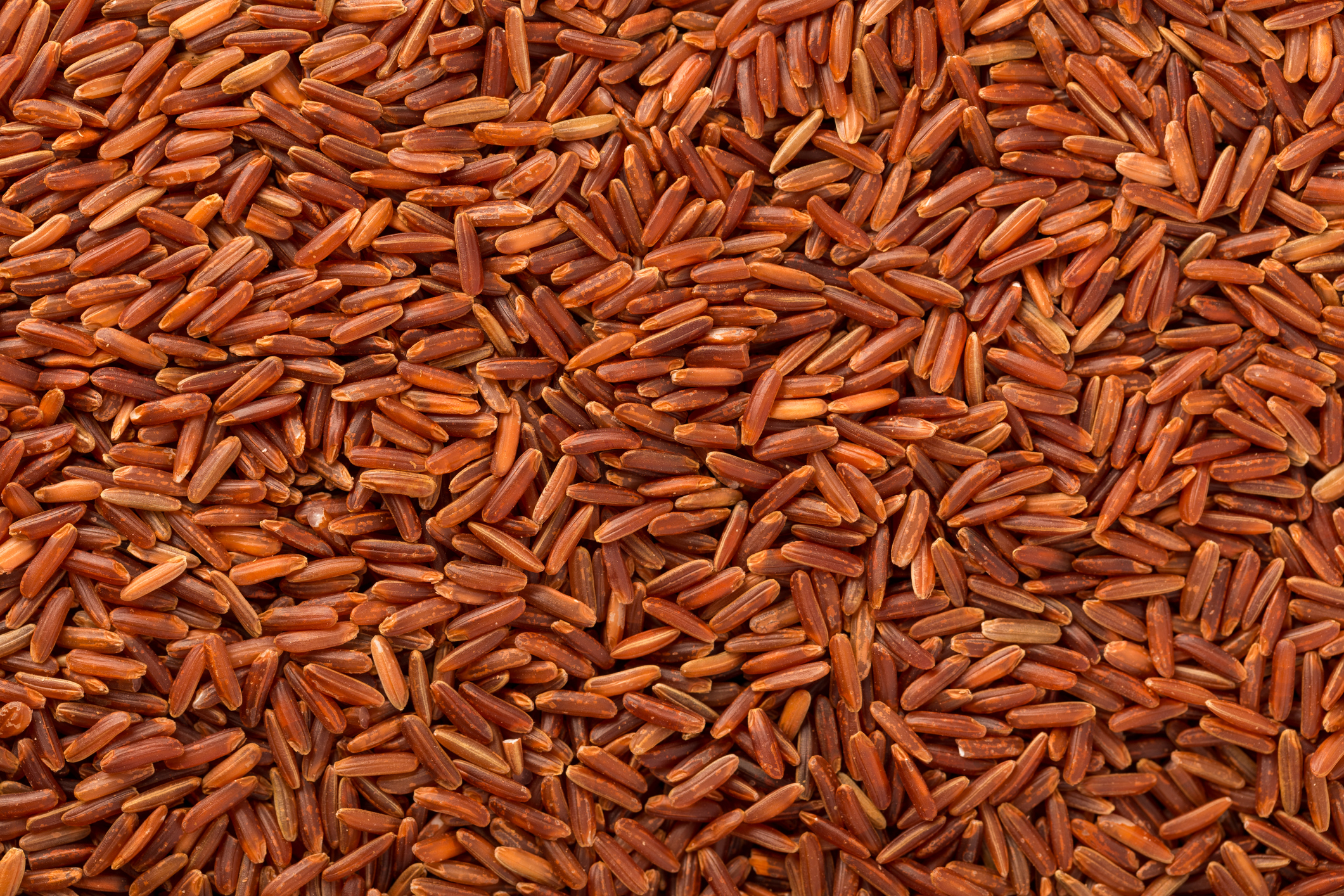
Red rice is also considered very healthy and is more or less similar to the brown rice. But in red rice, bran is found in very high quantities, which is beneficial for health. Red rice is not easily available everywhere and is found only in the Himalayan Mountains, South Tibet, Bhutan and South India. Although, both brown and red rice are rich in vitamin B6, fiber, zinc, calcium, iron, magnesium, selenium, and other nutrients that control blood sugar and insulin levels. But antioxidants are found more in red rice than in brown rice.
Black Rice
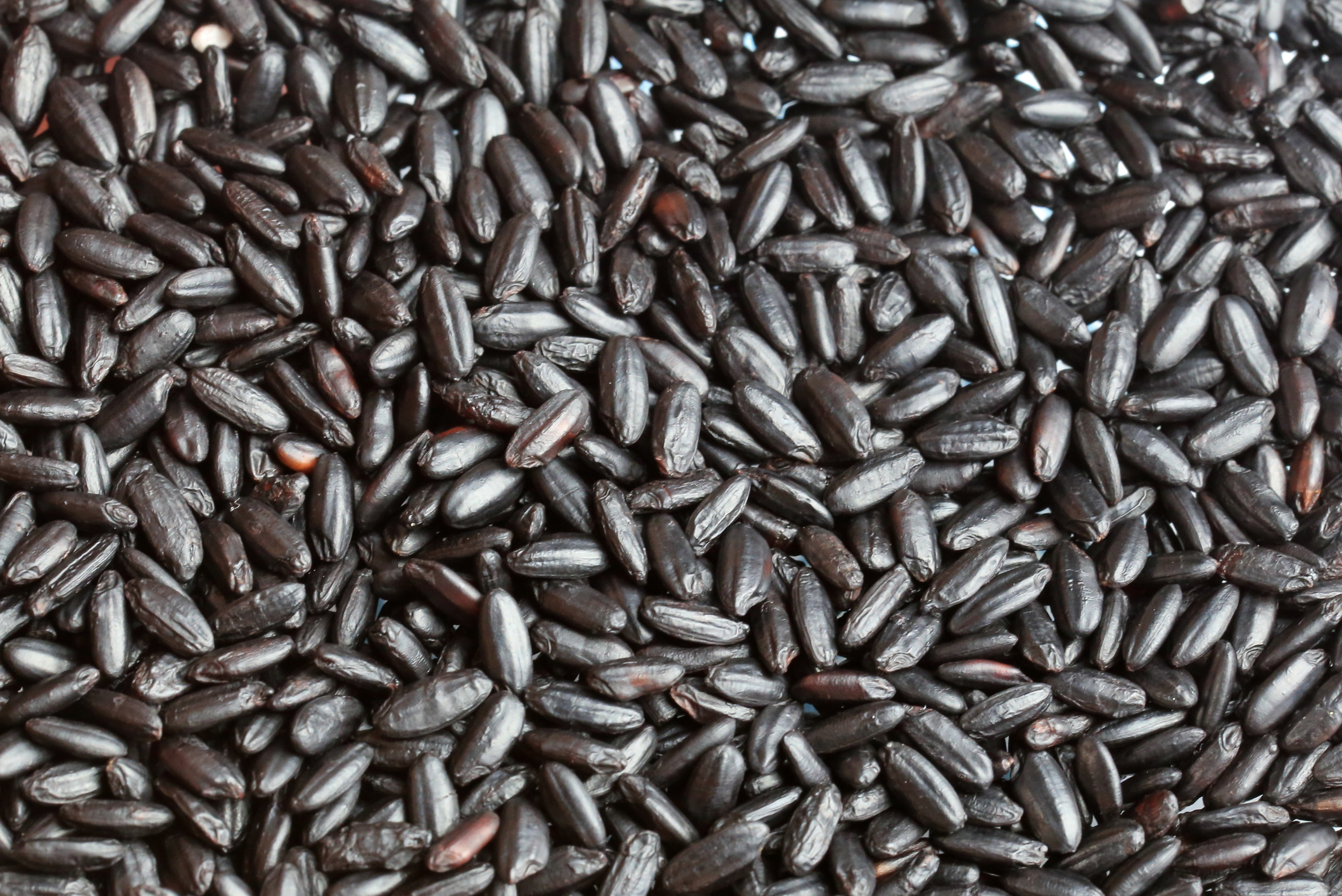
In spite of being highly nutritious and healthy, black rice is not very popular in India. It contains many elements like fiber, anti-oxidants, phytonutrients, phytochemicals, vitamin E, protein, iron antioxidants which are quite beneficial for people suffering from diseases like diabetes and Alzheimer's. An interesting thing about black rice is that once it is cooked, its colour changes to purple.
Therefore, there are many varieties of rice available in different parts of the world and they all have their own benefits on health. To know more about the same, you can consult an expert nutritionist or dietitian to understand which rice is best for your health and how to consume it.
